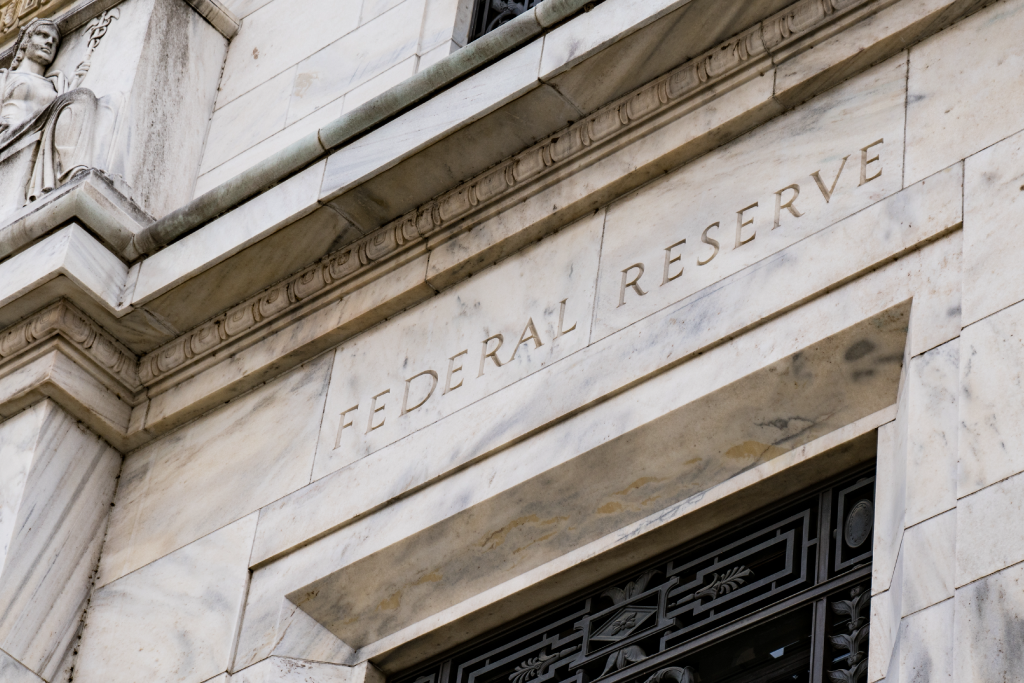Fed Cuts In Line With Expectations, Yields Increase On The News


Today the Federal Open Market Committee (FOMC) decided to lower its key policy rate by 50 basis points — the first interest rate cut since the outset of the Covid pandemic — in an attempt to prevent its policy stance from becoming too restrictive of economic activity.
Inflation has cooled and the risk of future flare-ups is lessened. But with that progress and slowing economic growth comes a higher risk that the economy could stall or even contract. As a result, the central bank delivered the first of many rate cuts that should act to keep the US economy on a sustainable growth path.
As expected inflation and economic growth fall — and the risk of recession rises — the demand for safe assets increases, pulling down Treasury yields and mortgage rates. A lackluster jobs report in August shifted Fed expectations and caused yields and mortgage rates to fall.
Investors were counting on the Fed to cut interest rates at today’s meeting for some time, and those expectations have long been priced into mortgage rates.
Perhaps more impactful than the rate cut itself was today’s release of the Fed summary of economic projections, which shows the fed funds rate easing to the 3% to 3.5% range by 2025 – roughly what markets were anticipating. The committee now projects the fed funds rate will end 2025 roughly 70 basis points lower than in its June Summary of Economic Projections. The dot plot suggests another 50 bps before the end of the year and the fed funds rate falling to 3.4% in 2025 and 2.9% in 2026. This is somewhat in line with market expectations.
In addition, Chairman Powell said the FOMC will reduce the fed funds rate gradually depending how the economy reacts. Despite the Fed projecting a small increase in the unemployment rate, the fact that the Fed is still reducing its securities holdings was a hint that perhaps Fed members have some confidence that the economy remains in a good place. After rising ahead of the Fed decision, treasury yields, which mortgage rates tend to follow, fell slightly on the news but remained on track to end the day higher.
While short-term rates are expected to decline slowly along with gradual Fed rate cuts, longer-term rates like mortgage rates could remain anchored near current levels.
For buyers who have been pushed to the sidelines by costs, today’s market is a good entry point. Mortgage payments on a typical home purchased today would cost a buyer $1,200 less per year than one bought in May. Buyers are gaining options and leverage in negotiations – improved buying power gives them access to a larger swath of the market, and the number of active listings is up 22% from a year ago.
With lower mortgage rates comes a good chance buyers face more competition than they normally would in the fall, when the market usually cools off. Lower rates should bring more buyers back into the market than sellers.
There are signs already that the slower season may not be as slow as usual. Despite higher inventory, the share of listings with a price cut may have peaked and has now moved slightly lower, according to Zillow data. The share of builders using sales incentives, the average price reduction for newly built homes and the share of builders cutting prices all fell in September, according to the National Association of Home Builders.
Although improving, sellers should understand that affordability remains a challenge. Successful sellers are meeting buyers where they are at. Well priced and well marketed homes are still selling in just 20 days — six days faster than before the pandemic.
For those ready to buy a home, waiting for rates to drop even further carries some risk. Mortgage rates aren’t expected to fall much further. That’s partly because the central bank is no longer a buyer of mortgage debt. Chair Powell reiterated that the Fed will continue to reduce its holdings of Treasury securities and mortgage-backed securities.
Today’s cut does not guarantee a steady fall for mortgage rates as we look ahead. Expectations for further rate cuts are already priced in, and if the Fed under-delivers as new data comes in, mortgage rates could rise again.